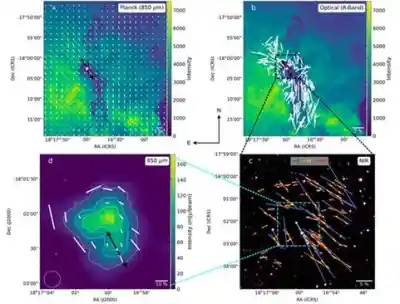

Hyderabad (Telangana) [India], January 17 (ANI): BRS Working President KT Rama Rao condemned the arrest of two journalists by the Telangana police.
Speaking to Media, Rao invoked the phrase "elect a clown, expect a circus," alleging that the current administration has devolved into a circus where journalists are being treated like terrorists.
The BRS Working President further stated that under the Congress government, no progress can be made.
"There is a famous saying, elect a clown and see the circus. Such is the condition of the state, where a circus is going on instead of government rule. Journalists are being arrested as if they were terrorists. We are also being arrested while peacefully protesting. Wherever there is a Congress government, you cannot see progress..." Rao told ANI.
Earlier, Days after Telangana Assembly Speaker Gaddam Prasad Kumar on Thursday cleared two Bharat Rashtra Samithi (BRS) legislators in a disqualification case, Telangana BJP president N Ramchander Rao said on Friday that the defection is against Constitutional norms and termed it as a "jolt" to the democratic process.
Rao told ANI, "... The defection of the BRS MLA into Congress is expected, but it's against the Constitutional norms... It is definitely a jolt to the democratic process because the defection is being encouraged in Telangana..."This comes after Telangana Assembly Speaker Gaddam Prasad Kumar on Thursday cleared two Bharat Rashtra Samithi (BRS) legislators in a disqualification case, stating that no concrete proof was found to suggest they had switched over to the Congress party.
Notably, Banswada MLA Pocharam Srinivas Reddy and Chevella MLA Kale Yadaiah were not disqualified by the Speaker, citing a lack of evidence of defection to Congress.
This follows earlier decisions clearing five other BRS MLAs, with only three cases (Danam Nagender, Kadiam Srihari, M Sanjay Kumar) pending against BRS MLAs accused of switching to Congress after the 2023 elections.
Telangana Assembly Speaker cleared 6 BRS MLAs: Arekapudi Gandhi, Bandla Krishnamohan Reddy, Gudem Mahipal Reddy, Kale Yadaiah, Pocharam Srinivas Reddy and T Prakash Goud. They'll remain BRS members.
Three cases pending are of Danam Nagender, Kadiam Srihari and M Sanjay Kumar. The Speaker's decision has cleared 7 BRS MLAs so far, with 3 cases pending against Danam Nagender, Kadiam Srihari, and M Sanjay Kumar. BRS has questioned the decision and plans to appeal to the Supreme Court.
The BRS had previously approached the Supreme Court, alleging delays by the Speaker in acting on the disqualification petitions. The Supreme Court had set a series of deadlines for the Speaker to decide the cases.
On Friday, the Supreme Court, acknowledging that decisions had been rendered in 7 cases, gave the Speaker a final 2-week deadline to decide the remaining 3 petitions. The Court warned that failure to comply could result in further contempt proceedings.